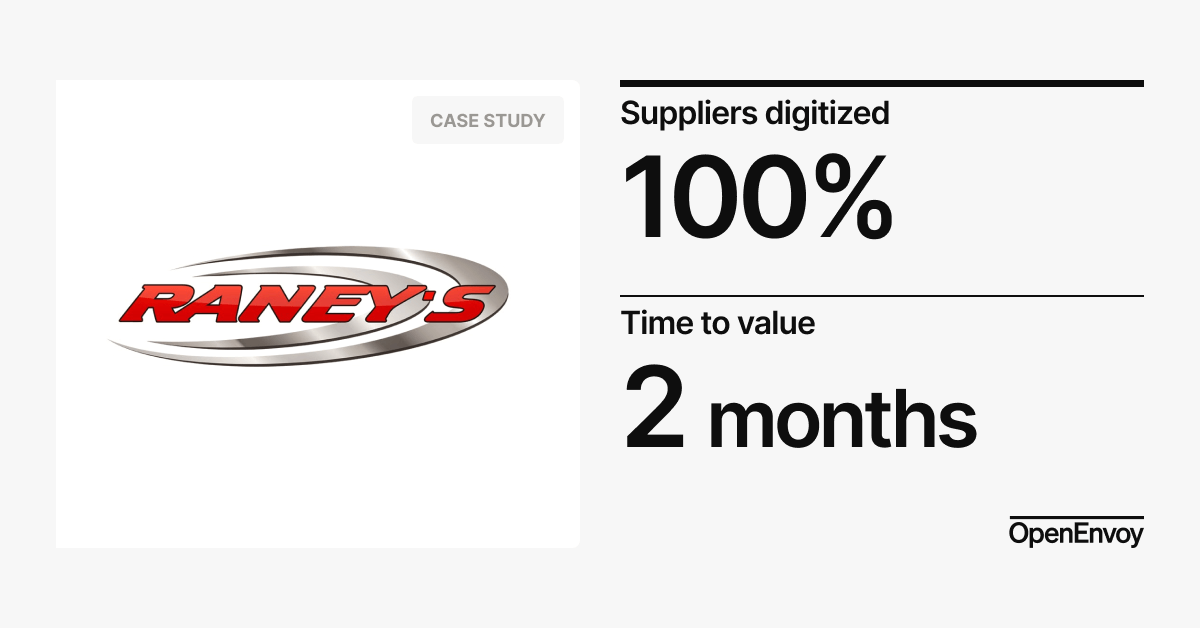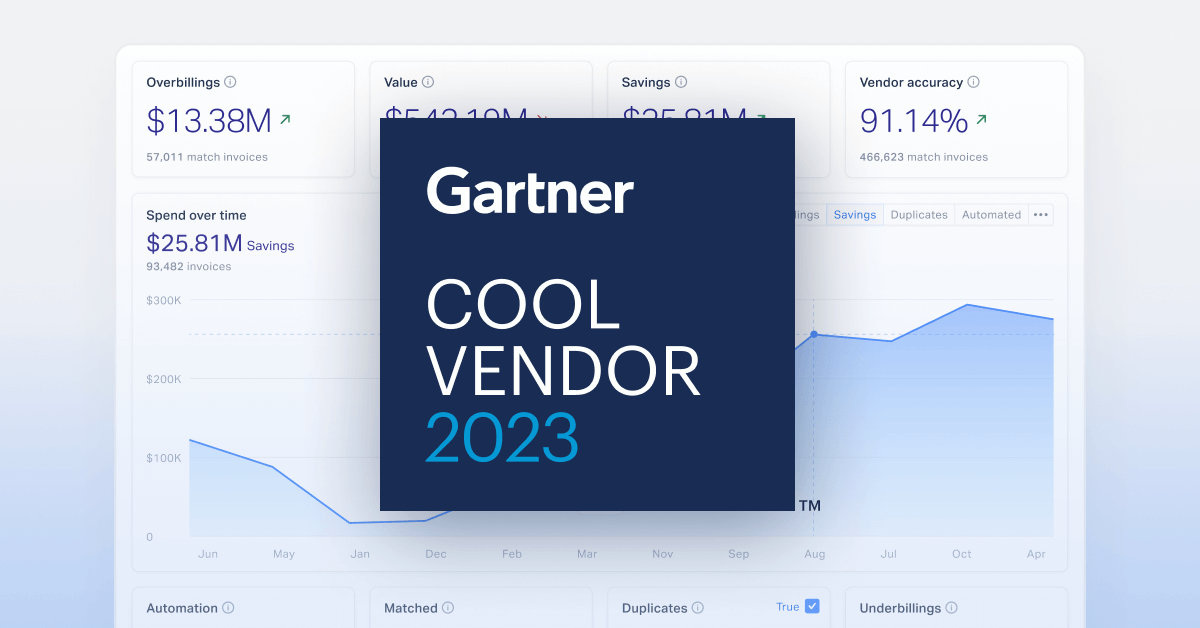< Back to E-Invoicing Overview
Finland has established a comprehensive e-invoicing framework, requiring digital invoicing for public sector transactions while promoting private sector adoption. The country’s commitment to digital transformation has led to the widespread use of e-invoicing among businesses, making Finland one of the most advanced e-invoicing markets in Europe.
The Finnish government has implemented an open digital infrastructure that supports e-invoicing across multiple sectors. The use of Peppol and the national Finvoice format ensures compatibility with European standards, enabling businesses to conduct cross-border invoicing efficiently.
Regulatory authority
The Finnish Tax Administration (Vero Skatt) manages e-invoicing compliance and reporting.
E-invoicing requirements
Since April 1, 2020, all public sector entities must receive and process electronic invoices. Suppliers to public institutions must comply with this mandate. While B2B e-invoicing is not legally required, it is widely used across industries.
Accepted invoice formats
Invoices must be issued in Finvoice XML or Peppol BIS format.
Transmission channels
Invoices must be submitted through TIEKE’s e-invoicing network or Peppol.
Digital signatures
Digital signatures are not mandatory but can be applied for additional security.
Archiving requirements
Invoices must be stored for six years, ensuring compliance with Finnish tax regulations.
How B2B e-invoicing works in Finland
Businesses generate invoices in Finvoice XML or Peppol BIS format and transmit them via TIEKE or Peppol-certified networks.
How B2G e-invoicing works in Finland
Invoices must be issued through TIEKE’s e-invoicing network, validated by public authorities, and archived for six years.


